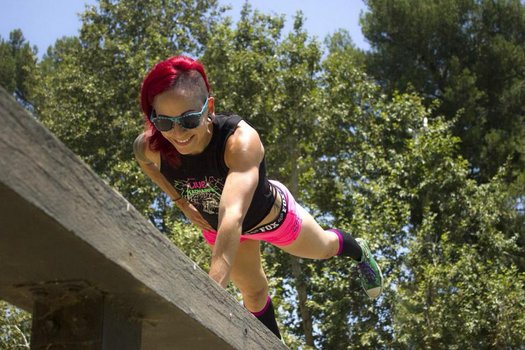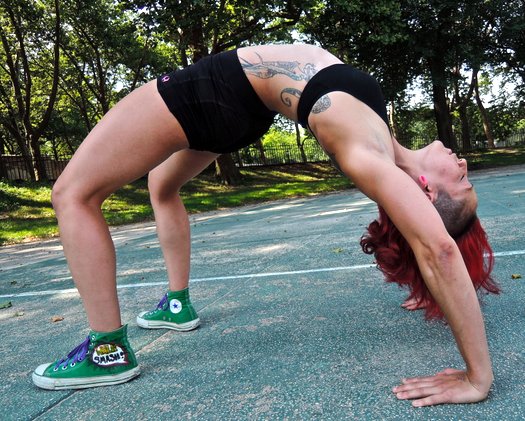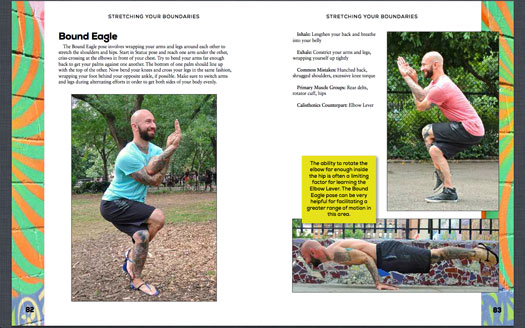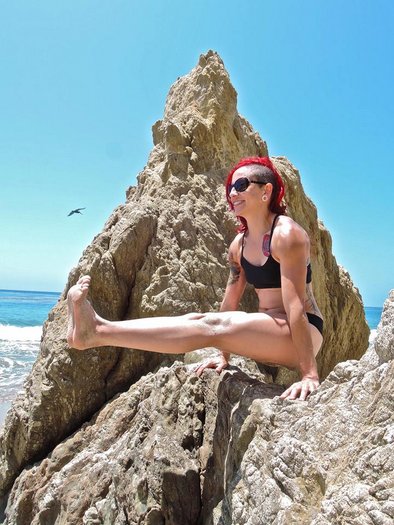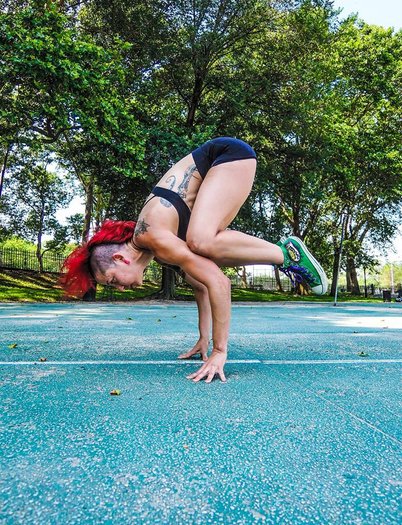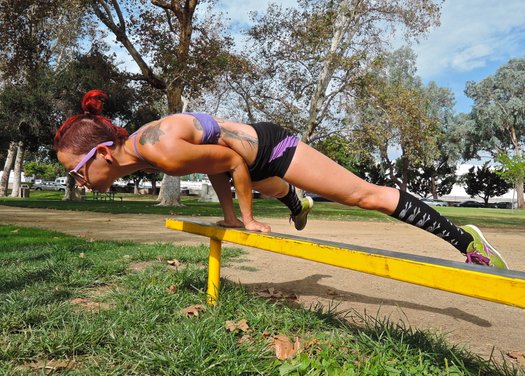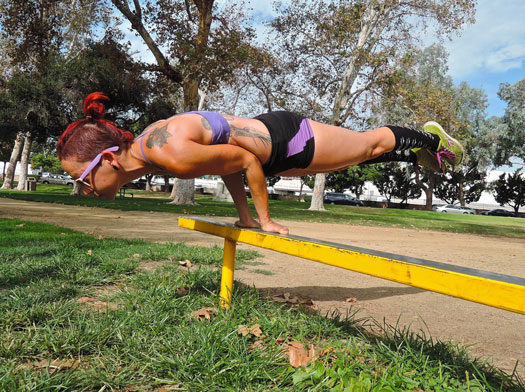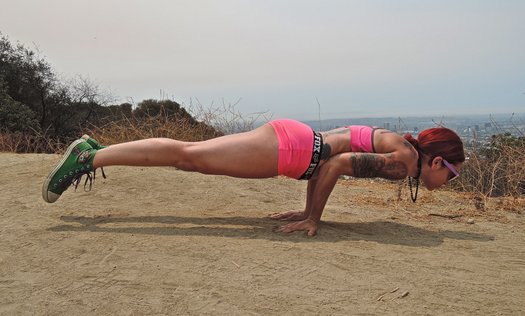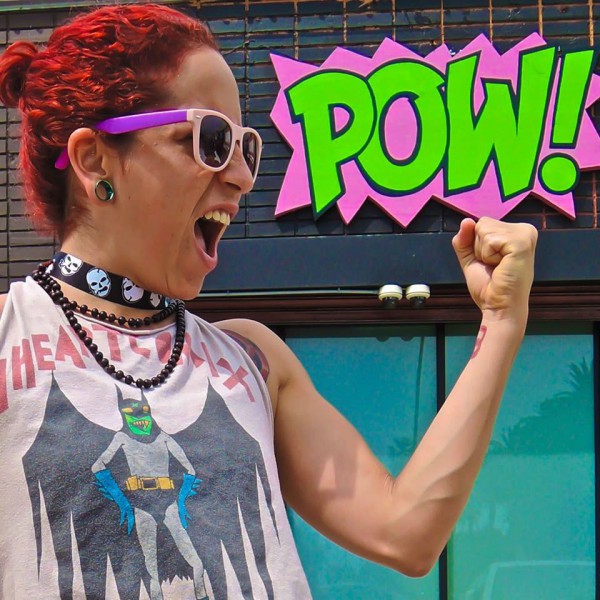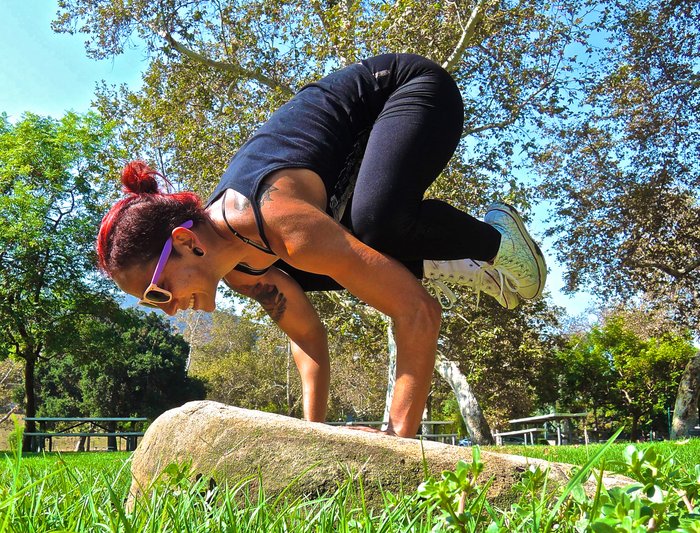
Before I ever considered becoming a personal trainer, one of my earliest fitness breakthroughs was the first time I achieved a crow pose in yoga class. It blew my mind! Before then I had assumed hand balancing was reserved for gymnasts and acrobats. As far as I was concerned, it was not appropriate for me and my fitness goals. Man, was I wrong! After that yoga class, I felt inspired to improve my crow practice and learn more about the world of hand balancing.
Adding this powerful pose to your routine has more benefits than just showing-off. Crow pose strengthens your entire upper body, including your shoulders, arms, and even your abs. It can be a great way to train your brain, too! If you have ever attempted to hold a crow pose for even a few seconds, you can attest to how much focus and concentration is involved in the process.
Crow-gressive Calisthenics
Like all bodyweight skills, you can vary the intensity of the crow pose in several ways to make the move more accessible to beginners, or challenge even the most advanced hand balancers.
Though the general idea remains the same – using the backs of your arms to support your lower body while you balance on your hands – there are a lot of subtleties that are often overlooked when learning how to perform the crow pose.
Before you begin, I suggest doing a few wrist rolls as well as opening and closing your hands and fingers as a warm-up. Placing your entire body weight on the smaller muscles of the wrists and hands can be pretty intense. Ease into your practice, listen to your body, and let’s have fun with the crow pose!
The earliest progression toward the crow is what is sometimes known as a frog stand. Start in a deep squat position and place your hands on the floor in front of your feet. Your arms should be inside your legs with elbows pressing into your inner thighs. Keep your hand placement fairly wide when starting out.
From here, begin to bend your elbows to around 90 degrees as you tip forward, lifting your feet off the ground. You can also ease into it by lifting one foot off the floor at a time. Focus on keeping your chest lifted and squeezing your thighs into your arms as you attempt to balance. The more contact you have between your arms and legs, the easier it will be to balance. Think about looking in front of your hands rather than in between them. It can also be helpful to place a pillow or mat in front of your hands in case you are afraid of falling.
If you are finding it difficult to lift off, I suggest elevating your feet on a low platform with your hands on the ground to allow more clearance. I’ve also coached people into finding the balance by starting from a tripod position with their head on the floor and pushing off the mat back into frog stand.
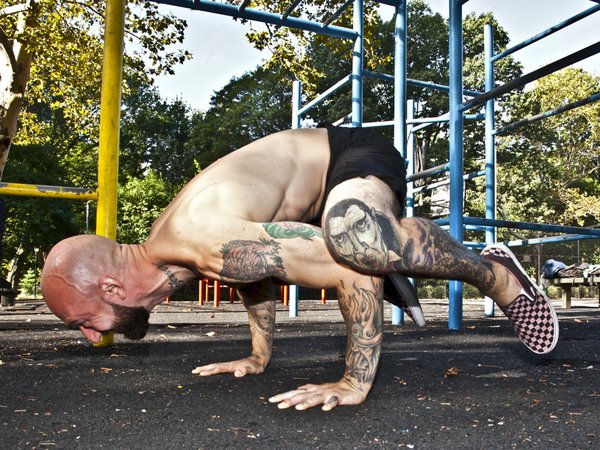
Crow Up
Once you’ve got the hang of the beginner version, you can try placing your hands in a narrower position to begin working toward minimizing the contact between your arms and legs. For this variation, which we can call a full crow, only your knees will be on the backs of your arms, instead of your inner thighs. You should also start working toward reducing the amount of flexion at your elbows. Point your toes and squeeze your thighs together to help generate enough muscle tension to allow you to balance. Remember to keep your eyes focused on a spot a few inches ahead of your hands to help you counter-balance.
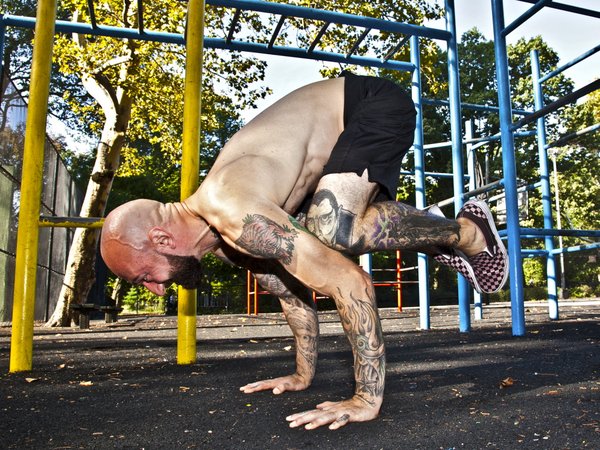
Let It Crane
The next step in the series is what’s sometimes known as the crane pose. This variation may take a while to build up to as it requires serious strength, intense focus and extreme wrist flexibility. However, if you’ve been “milking” the earlier steps, you will eventually conquer this pose. For the crane variation, there is little bend at all in the arms, and the knees are placed further up the backs of the triceps, until they are practically in the armpits.
Start in the same squat position as before, only this time your arms will be locked. Stand on your toes and lift your hips high as you lean forward, bending your knees in towards your armpits (or as high as you can place them on the backs of your arms). Point your toes in towards each other as you tense your midsection and attempt to balance. Keep your gaze a few inches inches in front of your hands and lift your heels toward your butt. Focus on utilizing your abdominal strength to keep your hips nice and high.
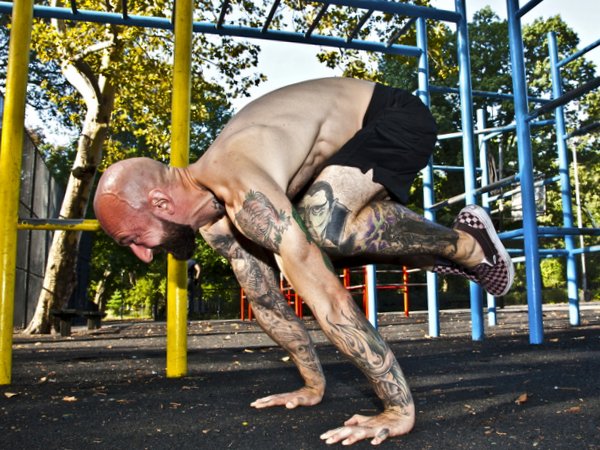
And Beyond…
The above variations will give you plenty to practice in order to tighten up your hand-balancing game. However, there are still more progressions that you can work on to make even the advanced crane seem tame. You can practice the crow on your fingertips, with your hands reversed, or even on the backs of your hands! You can also work on single-leg variations. No matter where you fall in the crow continuum, you can always find a variant that will challenge and excite you.
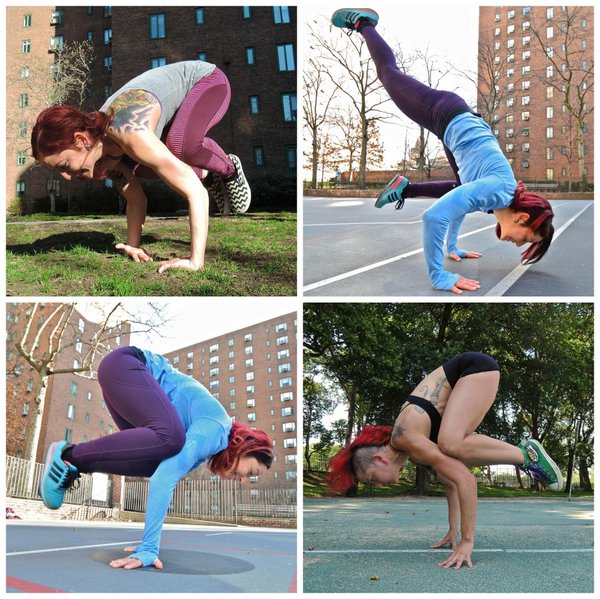
Grace Kavadlo, PCC, HKC is a personal trainer and group exercise instructor located in New York City. She is a columnist for Bodybuilding.com and can be seen in several Dragon Door books, including Coach Wade’s Explosive Calisthenics. For more information about Grace, check out her website, www.DieselGrace.com

